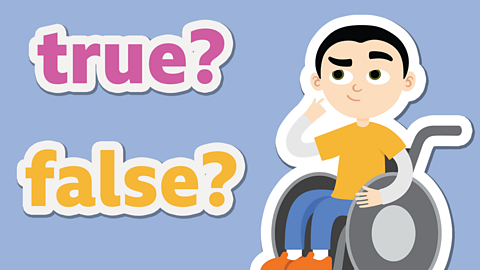Watch: What is fiction and non-fiction?
Non-fiction books are all about facts. They're full of useful information.
Watch this short video to remind yourself of the difference between fiction and non-fiction books.
Learn about fiction and non-fiction with Professor Wordsmart and Dr Wandtastic!
Features of non-fiction texts
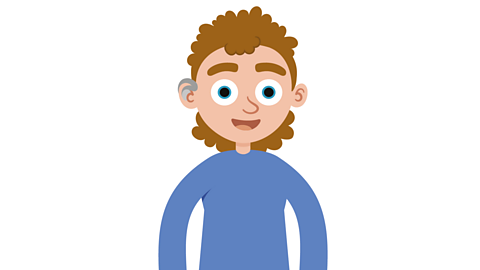
Non-fiction books usually have special features to help you find the information you need quickly. This can be really useful because it means that you donât need to read the whole book to find out what you want to know.
The contents page is found at the front of the book and tells you what is in each chapter.
The index is usually at the back of the book and tells you about the facts you can find on particular pages. It is in alphabetical order.
The glossary is also usually at the back of the book and is an alphabetical list that gives the meanings of important words.
Headings and sub-headings can guide you to the particular part of the page you need to read. They are really useful if you are looking at a webpage online.

Activity 1
The index for a book about whales has been muddled up! Can you put it back into the right alphabetical order?
Activity 2
Here is the contents page of a book called Jolly Juggling for Juniors.
Read it and then answer the questions below.
Write out your answers.
1. On which pages can I find out how I should stand before I start trying to juggle?
2. Where can I find out what not to do?
3. Where can I find out what the juggling terms 'scoop throw', 'flight box' and 'flight peak' mean?
4. Where can I find information about the right juggling balls to use?
5. On which pages can I read about the history of juggling?
You can check your answers using this
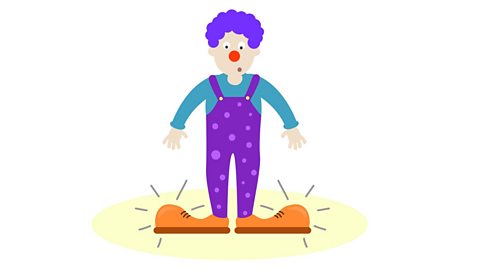
Activity 3
Read the information below. Itâs taken from ±«Óătv Bitesize History and is all about the lives of children in the 1930s.
You can see it uses headings, sub-headings and bullet points in each section which make it easy to spot key facts.
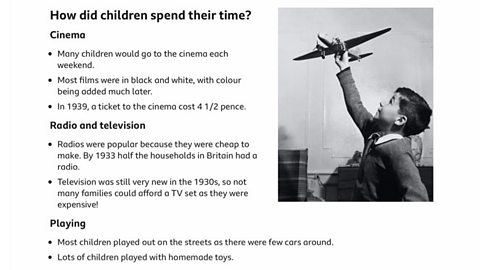
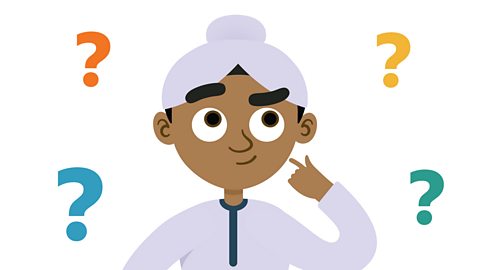
Write a page like this for ±«Óătv Bitesize History, but imagine you are writing for students in the future to teach them about life as it is today.
Use the same heading (âHow did children spend their time?â) but write three new sub-titles, with bullet points underneath them.
You could write about the kinds of toys and games children play with today and the kinds of things they do with their friends and families. Think about your own experiences.
You can read the rest of the page about children in the 1930s on ±«Óătv Bitesize History.

Play our fun English game Crystal Explorers. gamePlay our fun English game Crystal Explorers
Use grammar, punctuation and spelling skills to explore jungles, caves and tombs on your mission!

More on Comprehension
Find out more by working through a topic
- count9 of 11
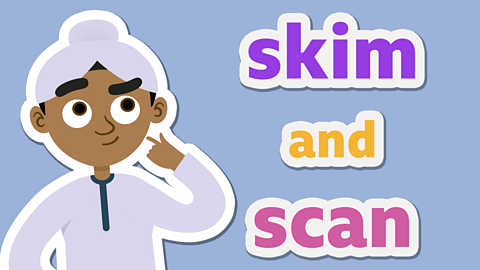
- count10 of 11
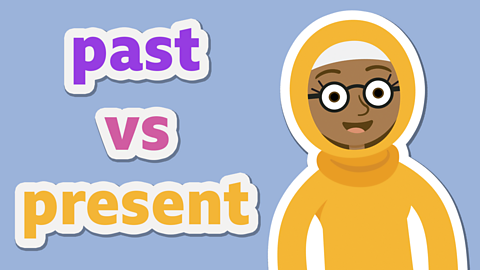
- count11 of 11
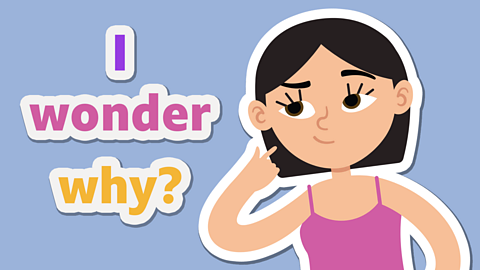
- count1 of 11
